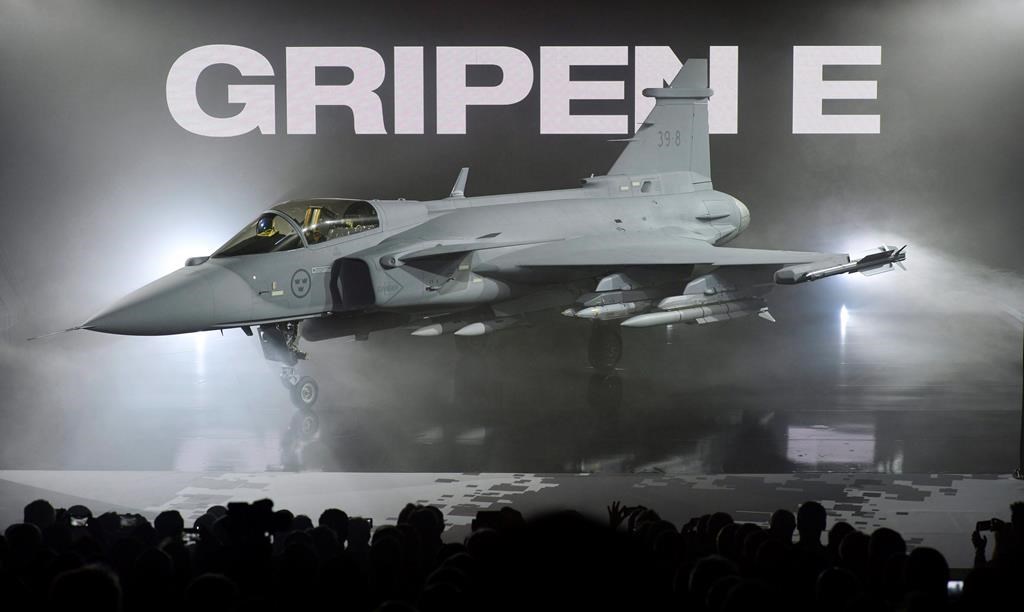The F-X2 Project, the Brazilian Air Force’s procurement program for a new fighter, has reached fruition some 15 years after the request for proposals was issued. The winner is an in-development Swedish multirole fighter, the Saab JAS-39 Gripen E/F (New Generation), which defeated its shortlisted competitors, the Dassault Rafale and BoeingF/A-18 Super Hornet.
Even more decisive than the winning aircraft’s alleged lowest operational cost was its level of technology transfer (which only the “not fully developed” new Gripen could provide to Brazil). That was what clinched the deal, according to the decision makers.
Saab’s sales campaign had offered Brazilian companies 40% of the design work and 80% of structure production on Gripen E. At the time that Brazil announced its decision, the stage of the Swedish development of the Gripen E had moved beyond the 40% co-design work initially offered, so the main draw for Brazil’s engineers (and the main reason behind the choice) of the Swedish proposal would be development of the two-seater version.
Brazil has ordered eight two-seat versions out of a total of 36 aircraft. The Gripen F—for two crewmembers—is, so far, being solely developed for the Brazilian Air Force.
Besides pursuing the know-how for building a modern supersonic jet, Brazil has seized the opportunity to rearrange its structure to face the changing threats and to promote an operational efficiency upgrade.
The Gripen F not only represents the apex of technology transfer involved in the deal between Brazil and Sweden, it can expand the operational horizons of the Brazilian Air Force beyond the giant leap from its current second-generation F-5 fighters to the fourth-generation Gripen E/F. The Gripen F is too expensive if thought of as a two-seat aircraft with the primary role of a trainer, but it is priceless if seen as a “battle-station concept” platform.
The development of specific doctrines to the Gripen F could make the jet ideal for the most complex missions, playing the role of “special sensor node” in network-centric warfare and in complementary ways acting as a testbed and an implementing platform for future manned-unmanned teaming. Brazil’s remotely piloted aircraft program already describes its future as air-strike-capable.
In order to understand this set of innovations for both the operational field and Brazilian engineering know-how, we must consider two other exclusive items onboard Brazil’s Gripen version: the wide-area display and the Link-BR2 indigenous tactical data-link system.
The wide-area display is no doubt a trend. From an engineer’s perspective, it can be compared to a smartphone’s touch screen. It can have its buttons, smart-gestures, window size or display areas reprogrammed whenever needed, thanks to new software or interfaces. This represents reductions in production cost and weight while enabling affordable system upgrades and smart data-fusion engineering.
From a fighter pilot’s point of view, this flexibility to interactively adapt displays to show the information the pilot needs at every single stage of a combat mission can be translated as improved situational awareness. This advantage, in an arena where mere seconds matter, can represent the difference between life and death.
The wide-area display is being developed by AEL Sistemas, a Brazilian subsidiary of Israel’s Elbit Systems.
The Link BR2 uses software-defined radios with nationally encrypted radio wave forms, developed by Israel’s Rafael Advanced Defense Systems company in partnership with the Brazilian Army Technology Center.
The contract for development of the Link BR2, originally granted to Mectron, an Odebrecht Defense & Technology company, is set to be transferred to AEL.
A Brazilian Air Force high-command member says a version of Link BR2 is expected to be available to the export variant of the Gripen E/F as an alternative to buyer countries.
The main outcome of the Sweden-Brazil Gripen F development deal from which the military world can learn, is the full reach of a technology transfer program. The delivery schedule lists the commissioning of the first F-39—as the Gripen E/F was named by the Brazilian Air Force—in 2019, and the last of 36 purchased fighters in 2024.
An interesting period lies ahead in which we can witness the reach of true technology transfer, and with it the transformation of an entire air force.



